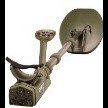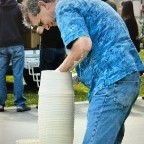Some Equinox Test Garden Testing, Including A Head-to-head Video With The CTX 3030...
-
Similar Content
-
- 21 replies
- 49,229 views
-
- 17 replies
- 3,344 views
-
- 8 replies
- 769 views
-
- 21 replies
- 3,404 views
-
- 9 replies
- 3,526 views
-
- 30 replies
- 33,745 views
-
-








Recommended Posts
Create an account or sign in to comment
You need to be a member in order to leave a comment
Create an account
Sign up for a new account in our community. It's easy!
Register a new accountSign in
Already have an account? Sign in here.
Sign In Now